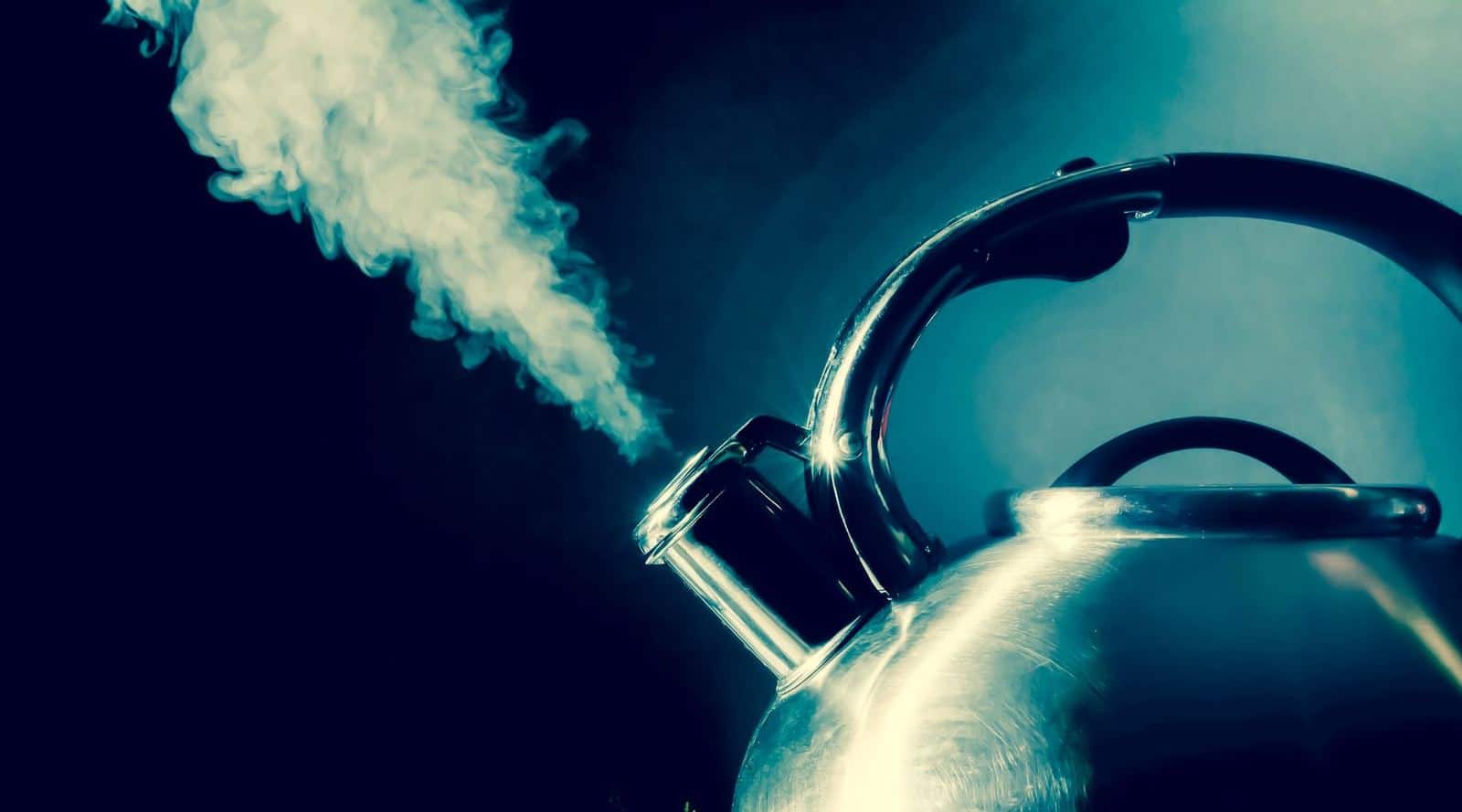We all have, or have encountered teapots, also known as tea kettle or whistling kettle sitting at a kitchen counter. If you do not use it to make tea, then you probably do use it to heat water in your kitchen to make coffee or hot chocolate. As the kettle boils the water, it makes a whistling sound especially when the water gets to a certain temperature. For years, scientists were not able to explain why a teapot whistles as the water boils, and it has always been a wonder to most people.
In the 19th century, scientists such as John William Strutt, Baron Rayleigh and Lord Rayleigh, tried to find out and explain why a teapot whistles. However, in the end, nothing much was achieved, they could tell the whistle is caused by sound vibrations, but no one came with a conclusive answer to why a teapot whistles.
Today, scientists and researchers from Cambridge have solved the mystery. A teapot whistle is as a result of vibrations of build up steam that tries to escape through a narrow opening. This is the same as when a person whistles, you leave a small opening between the lips and force vibrations of sound through the small opening. In a teapot, as the water boils, more steam is emitted and tries to escape the kettle more quickly causing the vibrations to become more powerful, and the whistling grows louder and higher pitched.
Two scientists and researchers, Ross Henrywood and Dr. Anurag Agarwal, from Cambridge University explored further to find out how a typical teapot with two holes interfere with steam causing a whistling sound.
As water boils in the teapot, steam is produced and first meets a hole in the teapot’s spout. This spout is slimmer than the other spout in the teapot. As the steam is forced to move through the slimmer spout, it creates an unstable jet naturally. This is likened to a jet of water that starts to break into drips of water after it has travelled some distance in a garden hose pipe.
When the unstable jets of steam get to the second spout in the teapot, they cannot escape uniformly. This causes the steam jet to form small pressure pulses as the steam hits the second whistle wall. The pulses result into whirlwinds that produce sound waves, hence the high pitched noise that signals to the teapot user, the tea is ready.
Further, Ross Henrywood and Dr. Anurag Agarwal explained why the teapot makes a whistle and not any other sound. The two scientists show that the whistling teapot mechanism is similar to the flute or organ pipe. The pitch of the whistle sound produced by a teapot is determined by the size and shape of the opening spout. If the kettle spout is shorter, then a higher pitched whistle is made compared to the whistle made if the spout is longer.
It is interesting to note that the whistle sound is not the only sound that a teapot makes. This was also discovered by the two Cambridge researchers and scientists. They discovered that as the water in the teapot boils another sound is made. The sound is made from a different mechanism that causes the whistle to be made. The sound is made at a stage when there is only one fixed frequency.
The two scientists discovered that below a certain flow rate of the steam, the teapot whistle behaved in a different mechanism. This mechanism is similar to the Helmholtz resonator, a mechanism that causes sound to emanate when you blow the top of an empty bottle. When air is blown over the top of an empty bottle, air inside the neck of the bottle springs up and down, while air contained in the main body of the bottle is compressed and released each time, like a spring.
The teapot also behaves in the Helmholtz resonator mechanism to produce a different sound from the whistle. However, in the teapot, the air blows through the neck rather than the top, and the air within the whistle bounces up and down like the air in the neck of the bottle.
These two researchers have enabled us to understand why we hear the whistling sound anytime we use the teapot to make tea or boil water. With their further research, they could help to design teapots that boils quietly. However, who wants a teapot that will not alert you when the tea or water is boiling?

